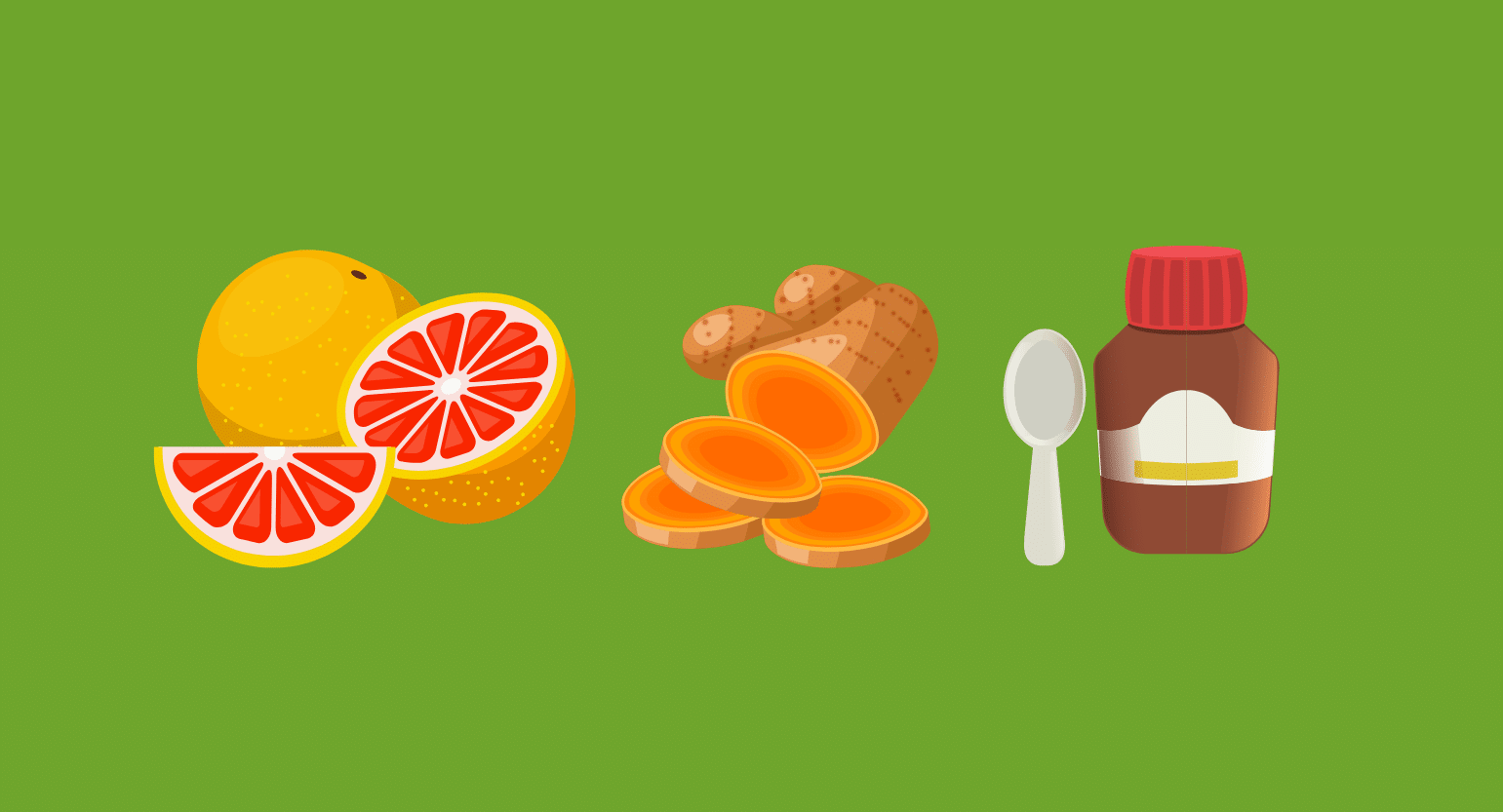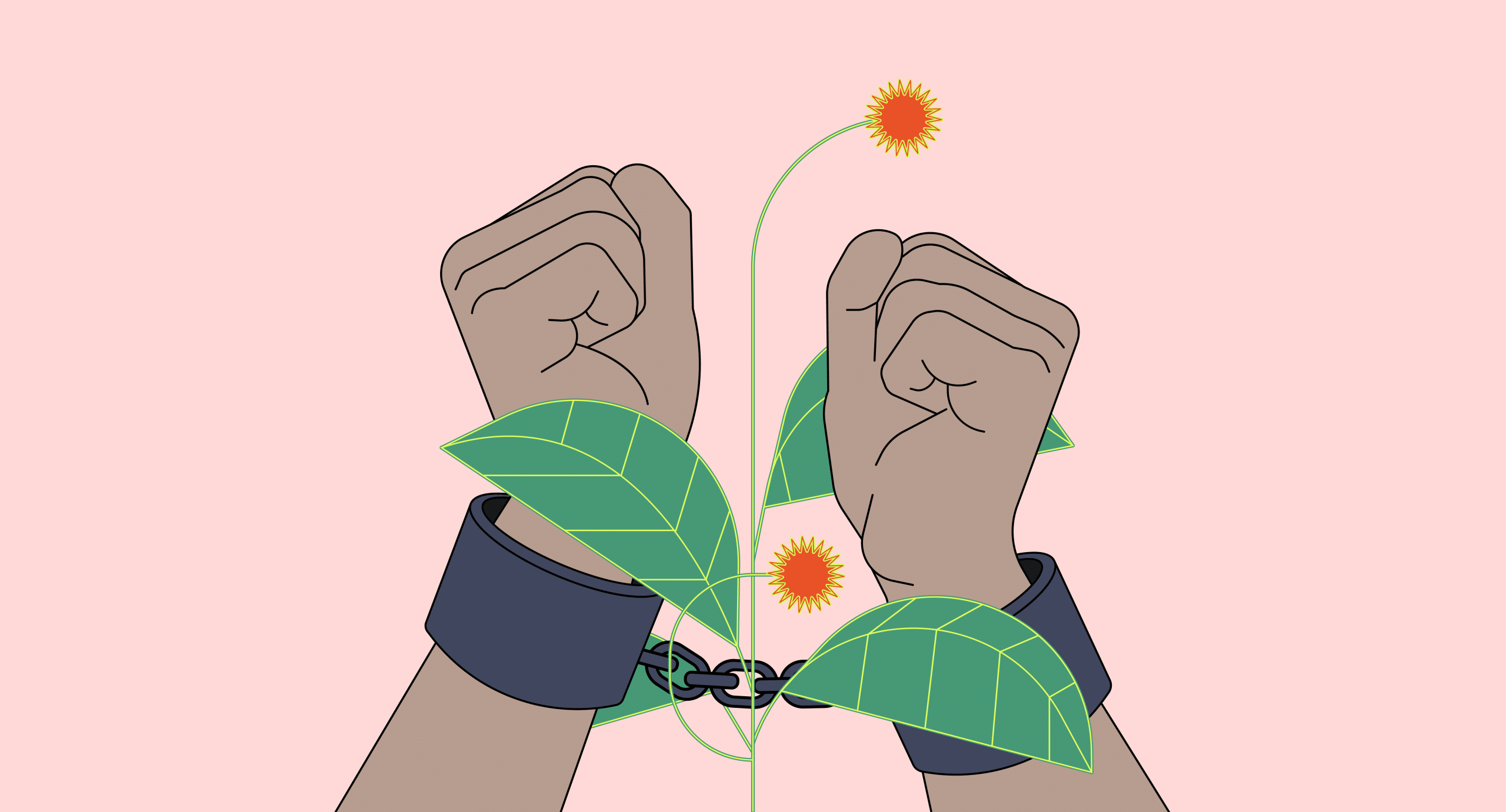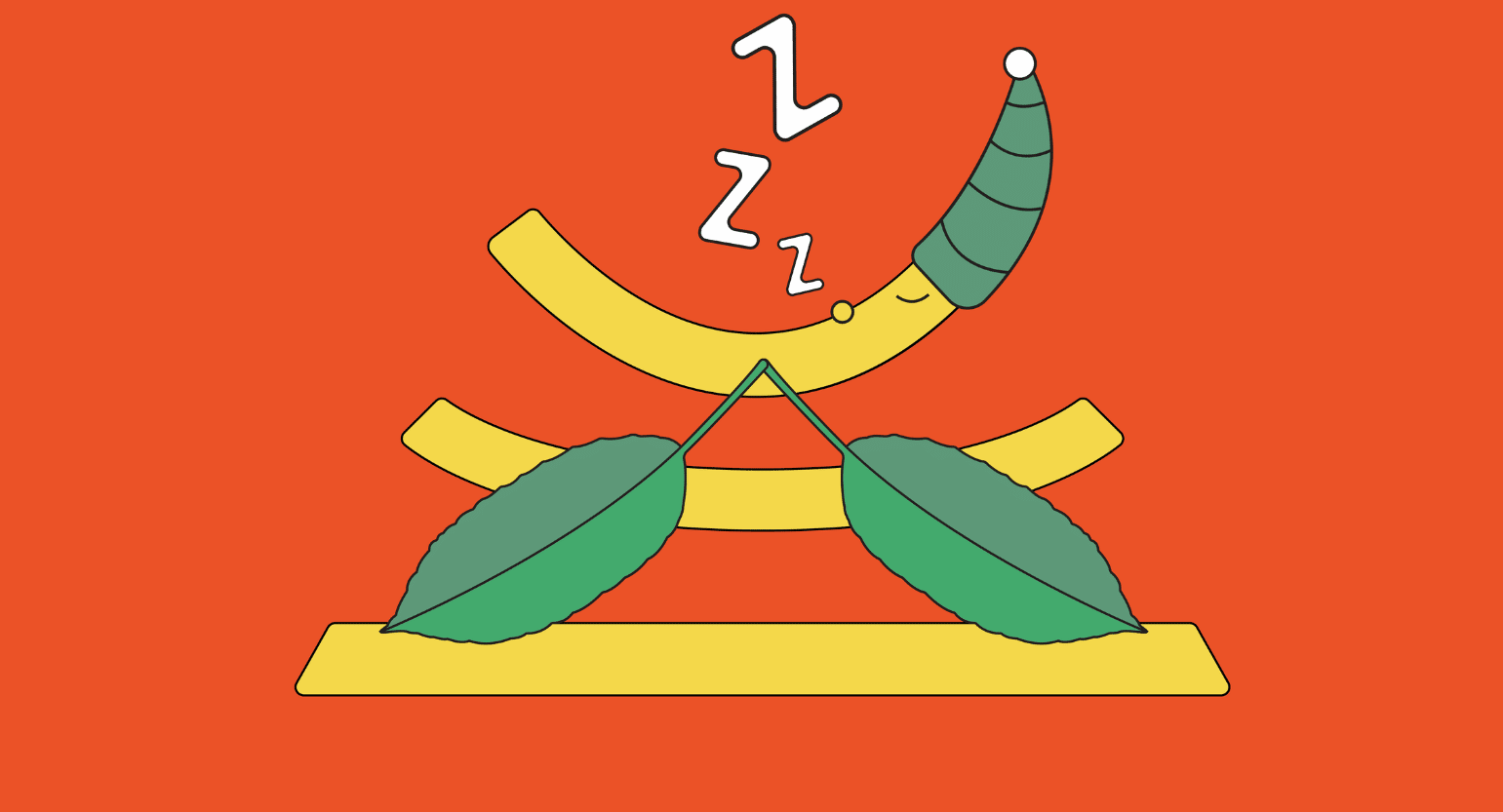Why Would I Want to Use Kratom Potentiators?
If you have to ask yourself this question, that’s probably a good thing — especially if you’re a recreational user.
Potentiation can be a very useful tool for people who are using kratom to manage chronic health problems. However, recreational users looking for potentiation are often headed down a spiral toward addiction.
Either way, there are plenty of reasons why you might want to make your kratom last longer. Medical patients using kratom want to maximize pain relief; recreational users want to maximize euphoria and sedation. Everyone can enjoy some of these benefits.
Potentiators to Reduce Kratom Tolerance
Some potentiators, especially the NMDA antagonists (like ketamine), have the added benefit of helping to mitigate tolerance. These substances are generally better at slowing tolerance rather than reducing it.
You might think that other potentiators would help to reduce tolerance. Since they allow you to enjoy the same benefits at smaller doses, you’d expect your tolerance to decrease. Unfortunately, the opposite is true. Even though you’re taking a smaller dose, potentiators can keep the alkaloids in your nervous system longer.
This is what’s actually causing tolerance, not necessarily the amount that you’re taking. Only special potentiators with specific actions (like NMDA antagonists) can actually prevent the complicated process of building tolerance.
Potentiators to Increase Kratom Duration
Most potentiators increase the effects of kratom. They cause more of the kratom to bind to the receptors in your body.
If you continue to take your regular dose, you’ll get a much stronger experience from it. Alternatively, you can get the same effects as you would from your regular dose by taking less. This can reduce some of the side effects of kratom, especially for those who have trouble digesting kratom powder.
Different potentiators may prove more useful for enhancing different effects. Each alkaloid in kratom is metabolized differently. Researchers don’t fully know which alkaloids are targeted by which enzymes. If you want to figure out how this works for you specifically, take notes from your experience whenever you use potentiators.
Some potentiators make the kratom last longer. They do this by preventing the body from processing and eliminating kratom.
CYP inhibitors are generally better for increasing the duration of your kratom. This is especially useful if you’re going to be stuck in a situation where you can’t re-dose for a while.
For example — you’re about to take a flight, and you’re relying on kratom to manage your airplane anxiety. A CYP2D6 inhibitor taken beforehand along with your kratom could help the effects last for the duration of the flight (or, at least, a lot closer to it.)
Potentiators to Save Money
One of the most practical reasons to use potentiators is to save money. A proper potentiation program can decrease the amount of kratom that you use by close to half. This can potentially save you quite a bit of cash in the long run.
However, you might want to whip out the calculator before dashing out to stock up on potentiators. Kratom is pretty cheap already, and potentiators may or may not be.
Potentiators are almost always of value to medical patients using expensive, prescription opioids. However, kratom itself might be cheaper than the cost of some of the stronger potentiators.
Potentiators to Prevent Withdrawal, Addiction, & Side Effects
Potentiators are sometimes used as a way to help manage or prevent addiction to kratom.
Potentiators can be useful for helping you wean off of kratom. Certain potentiators allow you to take smaller doses and receive the same effect. Doing this allows you to continue reducing your dosage while experiencing only a small level of discomfort.
Furthermore, some potentiators — namely NMDA antagonists — can flat-out prevent or relieve withdrawal symptoms [1]. The NMDA receptor plays a very important role in withdrawal. Slowing down the NMDA receptors can relieve symptoms like shaking, anxiety, nausea, sweating, and increased heart rate.
Potentiators that increase the duration of your dosage can also be great for helping to wean yourself off of kratom. You’ll have an easier time avoiding compulsive re-dosing if you can get a consistent effect for five or six hours.
Some potentiators can also help to fight off some of the mental and physical side effects of kratom. Some potentiators seem to sharpen the mind and prevent some of the after-effects of kratom. They can reduce symptoms like brain fog and lethargy.
Examples of Kratom Potentiators
There are a lot of kratom potentiators. Some are far more potent than others. Generally, the most effective potentiators are harder to find. In some senses, this is a good thing. The strongest ones are generally powerful synthetic drugs that could cause side effects if misused.
There are plenty of other potentiators that are easy to obtain. We’ll include as much information as possible about all the most well-known potentiators here.
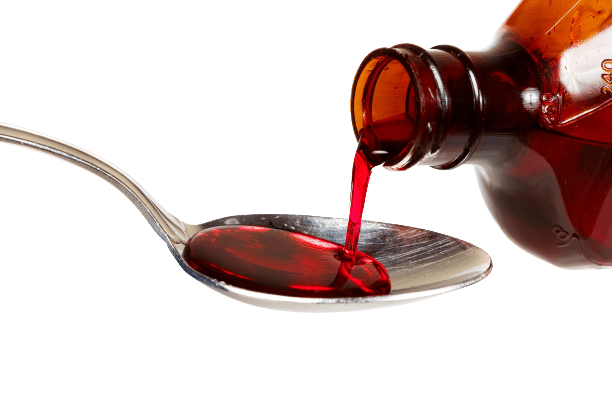
I. DXM (Dextromethorphan)
DXM is a powerful dissociative drug. Most people have actually used DXM: it’s a common ingredient in over-the-counter cough suppressants. At low doses, it prevents symptoms of coughing.
However, if you’ve ever drunk too much cough syrup (on purpose or by accident), then you’re well aware of how potent DXM can be.
DXM is a popular recreational substance, especially among younger people. It produces many of its effects — including its potentiation — by working on the NMDA system in the brain. This is the same system that ketamine works on, which is one of the reasons that DXM has sometimes been considered a legal alternative to ketamine.
A DXM high is an extremely powerful experience. Fortunately, you don’t need to trip out to use DXM as a potentiator. Even small doses of DXM, in the range of 15 to 50 mg, can produce some NMDA antagonism.
For comparison, a standard dose of cough syrup has between 5-15 mg of DXM.
Doses of 30-50 mg are great for tolerance and potentiation, but if you’re sensitive to psychedelics, you might want to be cautious. Some experience mild dissociation and dysphoria at this dosage range, as well as many other positive benefits such as an increased mood and decreased anxiety.
If you’re experiencing these effects, then you might want to reduce your dose of DXM. This might overpower your kratom.
Taking a full, psychedelic dose of DXM can also help to decrease or (in rare cases) completely reset your tolerance. Prior to that, though, you’ll be on a wild trip for a few hours. Upon returning to baseline, many people find that their tolerance to kratom and other substances is greatly reduced.
This type of strong, flood-dose NMDA antagonism is believed to be partly responsible for the addiction-fighting effects of Iboga. Iboga is a powerful plant medicine utilized by shamans to help reset the brains of opiate users. In doing this, both withdrawal symptoms and the desire to use opioids are both eliminated.
II. Other NMDA Antagonists
DXM is probably the easiest NMDA antagonist to obtain. Many other NMDA antagonists can produce similar effects, although most of them are a bit more difficult to acquire.
Ketamine
Ketamine is a dissociative anesthetic. It is medically used as a cat tranquilizer but has also become very popular as a party drug. Ketamine produces most of its dissociative action through NMDA antagonism.
Ketamine should theoretically work as a potentiator for kratom. For the most part, though, ketamine overpowers kratom’s effects. Ketamine most likely works best, in this regard, for preventing tolerance from building up and fighting withdrawal symptoms.
Memantine
Memantine is considered by many to be the Holy Grail for potentiation and reducing tolerance. Memantine is a long-lasting NMDA antagonist with effects ranging from anywhere from 8 to 12 hours.
Throughout these 8-12 hours, memantine constantly targets the NMDA receptors. This continued stimulation produces a very strong and thorough potentiating effect. Because it lasts so long, you don’t need to continue using memantine every time you take another dose of kratom.
Memantine is one of the most studied potentiators. When medical groups study the effects of NMDA antagonists on opioid tolerance and addiction, they often use memantine. Studies continually show that memantine prevents the buildup of tolerance [2].
The issue that most people find with memantine is that it’s not easy to find. It’s usually prescribed as a medication for preventing Alzheimer’s. It’s not scheduled in most countries— meaning that it’s not illegal to use or possess — but it’s also not sold over the counter.
As such, you can buy it online from countries that sell it over the counter. If you’re going to do this, make sure that you check in with the laws of your country regarding its import.
Magnesium
Magnesium is a very important mineral that acts as a mild NMDA antagonist. Magnesium is especially important for people who take kratom because the plant tends to interfere with magnesium absorption.
Long-term kratom use can deplete magnesium and cause hormonal changes, most notably a decrease in testosterone. This makes it doubly important for kratom users to supplement with magnesium!
As an NMDA antagonist, taking magnesium half an hour before your kratom dose can help keep your tolerance at bay. Comparatively, magnesium is a very weak potentiator.
Also see: Can You Mix Kratom With Magnesium?
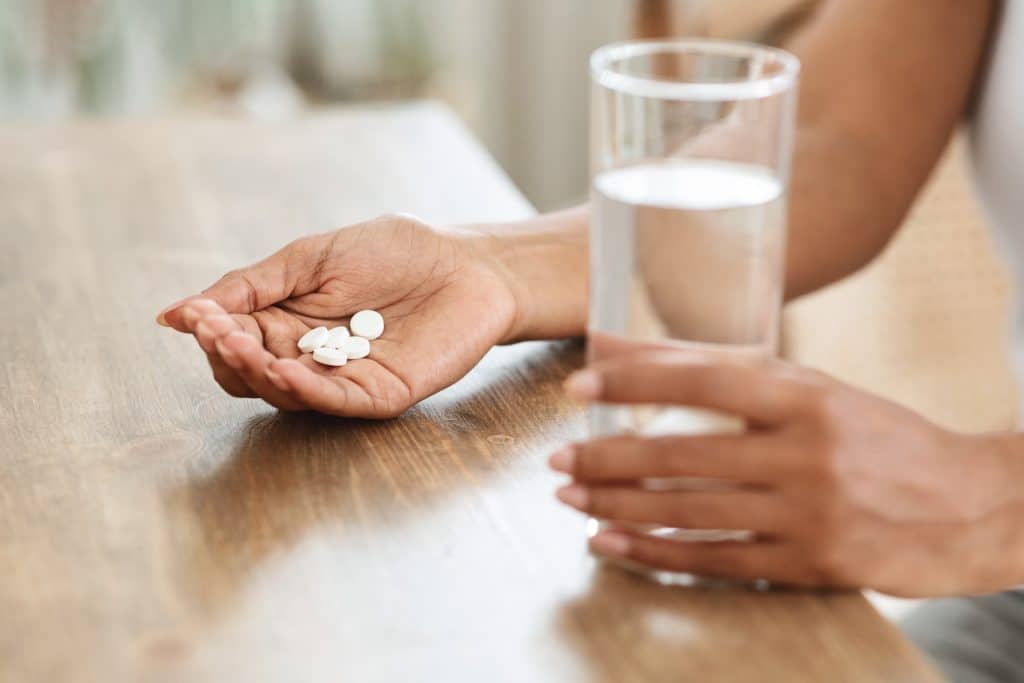
III. Naltrexone (Opioid Antagonists)
Opioid antagonists are one of the most interesting tools for potentiation.
Opioid antagonists are substances that deactivate opioid receptors. In other words, they fill them up and produce effects that are basically the opposite of the warm, blissful feelings usually offered.
Very low doses of opioid antagonists such as naltrexone can potentiate as well as reduce tolerance. Researchers don’t fully understand why this is.
The mechanism itself is somewhat understood: ultra-low doses of naltrexone help to prevent the G-protein coupling that occurs when tolerance to opioids is developing [3]. What they don’t understand is why ultra-low doses do this, but low doses do not.
One would expect that an opioid antagonist could reduce tolerance by upregulating the receptors. However, the doses of naltrexone that potentiate kratom are small that they don’t do this.
In either case, you need to titrate your doses. The doses of naltrexone that you were going to want are between 1 and 20 µg. Yes, micrograms. So, anywhere from 1/100th to 1/5th of a milligram.
IV. Cytochrome Inhibitors
Cytochrome is a series of enzymes that the body uses to break down drugs, supplements, and other substances. If you suppress these enzymes, then your body is suddenly not going to be able to break down drugs as easily [4].
This is the point of taking cytochrome (CYP) inhibitors.
There are a few different cytochrome enzymes. Each one plays a specific function, metabolizing certain substances. If you’re going to be using cytochrome inhibitors to potentiate, you need to make sure that you’re inhibiting the right ones.
It’s important to note that kratom is actually a fairly potent cytochrome inhibitor itself. It inhibits three of the major cytochrome enzymes.
It is a mild and non-competitive inhibitor of CYP3A4. As a non-competitive inhibitor, this isn’t much to worry about. CYP3A4 metabolizes drugs like opiates.
Kratom has a much stronger effect on the CYP2C9 enzyme, which affects anesthetics, painkillers, cannabinoids, and many other substances.
Lastly, kratom is a potent inhibitor of CYP2D6, one of the major cytochrome enzymes. This enzyme metabolizes a very wide range of drugs, including most pharmaceuticals, opioids, and even kratom itself.
In terms of potentiators, you’ll want to be most careful with cytochrome inhibitors. If you’re taking any other medication, supplements, or drugs, you should make sure that none of them are affected by cytochrome inhibition. If they are, you run the risk of increasing side effects or dangers
CBD
CBD, or cannabidiol, has received a lot of attention lately. It’s a very versatile medicine that helps people manage everything from pain to anxiety. It’s similar in many ways to kratom, except that CBD is non-intoxicating.
CBD is also a potent inhibitor of CYP450. Because of this, taking CBD with kratom can increase the effects. You’ll also probably experience the effects for much longer.
Grapefruit Juice
Grapefruit, specifically grapefruit juice, is one of the most common and potent cytochrome inhibitors. Everybody knows this; however, not everybody knows that they know. If you’ve ever received medication from the doctor with a warning that says not to take it with grapefruit juice, this is why.
Grapefruit so powerfully inhibits the cytochrome enzymes that it can be dangerous for anybody to consume its juice and their medication. However, when this is done consciously and with forethought — such as when used as a potentiator — this can be a great benefit.
Watercress
Watercress is known to be an inhibitor of CYP450. Many people report that it can help potentiate their kratom experience.
Turmeric
Turmeric contains a powerful medicinal compound called curcumin. Among other things, curcumin is a powerful inhibitor of CYP3A4. This means it’s a great potentiator for kratom.
Turmeric also has some mild affinity for the NMDA receptor, meaning that it can be useful for helping to slow the buildup of kratom tolerance [5].
When using turmeric, either for its anti-inflammatory, nootropic, or potentiating benefits, you should take a bit of black pepper half an hour beforehand. Piperine, the active ingredient in black pepper, makes curcumin much more bioavailable.
The combination works to produce a much stronger, clear-headed, and focused kratom buzz.
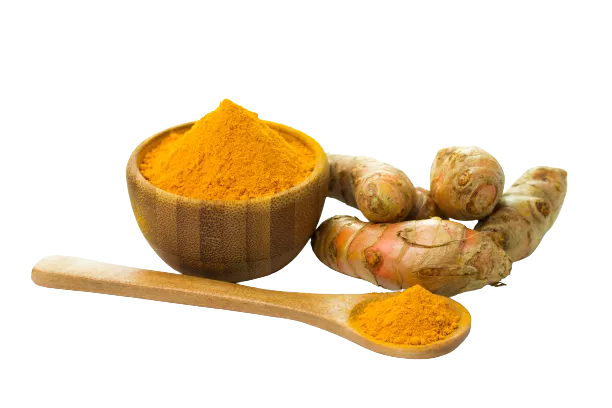
V. Black Seed Oil
Black cumin seed, sometimes simply known as black seed, is a popular culinary ingredient in India. The oil extracted from the seeds is a highly potent form of medicine. Black seed oil has one of the highest antioxidant concentrations on the planet.
Black seeds are also effective on their own, but you’d have to eat quite a few to experience any noticeable effect. Extracted into oil form, black cumin’s benefits become more apparent. Black seed oil contains several interesting compounds, but the most important ones are quercetin and thymoquinone.
Black seed oil can also cause a bit of a mild ‘buzz’ on its own. Researchers have not confirmed this yet, but many kratom users agree that it causes a feeling not unlike a very mild dose of kratom. It can also help to reduce withdrawal symptoms.
Black seed oil is a powerful inhibitor of various cytochrome enzymes. It slows down the production of CYP1A2, CYP2C9, CYP2D6, and CYP3A4. This means that, in addition to potentiating kratom, it will potentiate just about anything else that you take [6].
Black seed oil seems to be especially useful for getting rid of many kratom side effects. It prevents a lot of the slow and sluggish after-effects of a long kratom burn: brain fog, sleepiness, slow thinking, etc. Black seed oil adds a sharp sense of clarity to the entire experience and helps you return to baseline smoothly.
VI. Freezing
Freezing is one of the best ways to strengthen and potentiate your kratom. First, put your kratom in some water. You can simmer it for a few minutes if you desire, but this isn’t necessary. Then, shake your kratom vigorously and stick it in the freezer.
The idea behind freezing is that it allows for the cell walls of the plants to burst. The cell walls are where the active alkaloids are contained. By breaking down the cell walls, kratom becomes more bioavailable and, therefore, more potent.
Freezing is an ideal potentiator because you don’t actually have to purchase anything. Furthermore, there is no risk of interactions between different chemicals if you’re just using water.
VII. Other Potentiators
These potentiators have been used by a number of people.
Agmatine
Agmatine is a popular potentiator that helps to increase the pain-relieving and relaxing properties of kratom. Agmatine is a metabolite of the amino acid L-arginine, so you can enjoy its benefits (to a lesser extent) by taking L-arginine.
Antacids
Some people find that taking an antacid before taking their kratom improves its effectiveness. The idea here is that alkalizing the stomach prevents the breakdown of volatile alkaloids before they can be absorbed.
Being Cautious With Kratom Potentiation
When people first discover potentiators, they are usually excited, and rightfully so. The possibilities allowed by potentiators can have a huge impact on your overall experience with kratom.
However, potentiation can also cause several risks. Since you’re making your kratom more potent, you might aggravate the risk of any dangers associated with it in the first place.
If you’re potentiating using an enzyme inhibitor, you should also take into consideration any other substances you’re taking. Since the CYP enzymes metabolize most drugs that we consume, inhibiting these enzymes can be risky.
Make sure to do some background research to find out whether or not any supplements you’re using are metabolized by cytochrome enzymes.
Also, remember that there’s no such thing as a free meal. You want to use moderation with everything, including potentiators. You should avoid using them every day. If you must use them every day, make sure that you cycle through different potentiators. This will avoid building up a tolerance to the potentiators themselves.
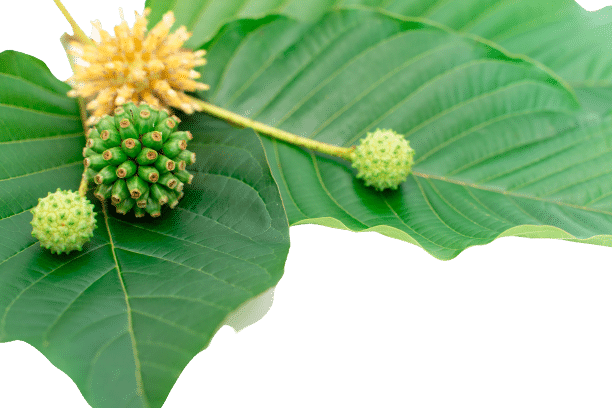
Final Thoughts: What’s the Best Kratom Potentiator?
The world of potentiation is fun to explore and can be very rewarding. From common household fruits and vegetables to powerful pharmaceutical agents, many different things can potentiate kratom.
Potentiating your kratom can make your experiences last longer and can make them more powerful. However, you want to be careful and intentional when using potentiators. Careless use of potentiating compounds can cause a number of problems.
Arguably, the strongest potentiators are the NMDA antagonists, but these bring their own level of risk. Herbal supplements like turmeric or black cumin seed work great and are much safer overall.
Perhaps the safest method is to freeze your kratom before making tea. This isn’t exactly potentiation but significantly enhances kratom extraction’s efficiency.
- Menezes, F. P., Kist, L. W., Bogo, M. R., Bonan, C. D., & Da Silva, R. S. (2015). Evaluation of age-dependent response to NMDA receptor antagonism in zebrafish. Zebrafish, 12(2), 137-143.
- Bisaga, A., Comer, S. D., Ward, A. S., Popik, P., Kleber, H. D., & Fischman, M. W. (2001). The NMDA antagonist memantine attenuates the expression of opioid physical dependence in humans. Psychopharmacology, 157(1), 1-10.
- Toljan, K., & Vrooman, B. (2018). Low-Dose Naltrexone (LDN)-Review of Therapeutic Utilization. Medical sciences (Basel, Switzerland), 6(4), 82. https://doi.org/10.3390/medsci6040082
- Warner, M. L., Kaufman, N. C., & Grundmann, O. (2016). The pharmacology and toxicology of kratom: from traditional herb to drug of abuse. International journal of legal medicine, 130(1), 127-138.
- Matteucci, A., Cammarota, R., Paradisi, S., Varano, M., Balduzzi, M., Leo, L., … & Malchiodi-Albedi, F. (2011). Curcumin protects against NMDA-induced toxicity: a possible role for NR2A subunit. Investigative ophthalmology & visual science, 52(2), 1070-1077.
- Albassam, A. A., Ahad, A., Alsultan, A., & Al-Jenoobi, F. I. (2018). Inhibition of cytochrome P450 enzymes by thymoquinone in human liver microsomes. Saudi pharmaceutical journal, 26(5), 673-677.

